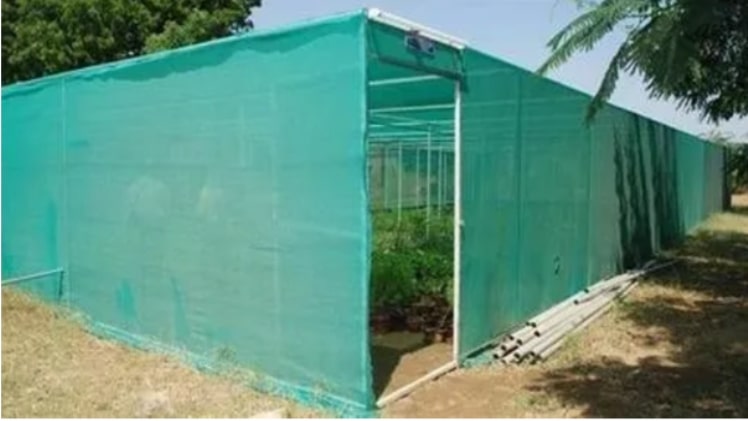Each sector is advancing and agriculture is not left behind since it is the main source of food.Governments are aiming increasing food production in order to make their population healthy and productive.Among the technologies employed, shade net is one and it will be my focus today numega.net .
Definition of a Shade Net
It is a well-knitted piece of polythene fabric that protects people, plants, and animals from direct sunlight. It is available in various densities ranging from 50% – 90%. Its material allows water to pass through and is free from rotting. Putting it up is very easy, same as its removal.
A standard green shade net
There are two types of shade nets, these are:
Reflective Shade net
Provides the crop with maximum light to grow as it reflects radiation from the sun. It regulates humidity, light, and temperature. Perfect climatic characteristics refer to low temperatures during the day as a result of reflection and optimum energy saving during the night. This gives the plant necessary conditions for growth hence high yields nicira.info .
Standard Shade Net
This is relatively affordable, long-lasting in terms of protecting the crop against direct sunlight. It is suitable for farming, greenhouse gardening, and general farming hence making it ideal for commercial farming.
Recommended Material for Shade Nets
Shade nets are made of different materials and the choice for one depends on the crop a farmer has grown and the climate. In cold regions, farmers have to use one with a density of between 50% to 60% while in hot regions they have to use 70% to 80% density. It is also advisable to use shades of high density on the roofs and low-density ones on the walls multiflow.me .
Lifespan
The lifespan of shade cloth is approximately fifteen years depending on how frequently it is exposed to sunlight. When other factors are considered like the climate, angle of elevation, nearness to structures, and buildings and tension. Shade nets prices in Kenya are dependent or the quality and lifespan of the net.
Importance of Shade Percentage
The quantity of light blocked by the shade net is what defines its density. As mentioned earlier, the density of the shade depends on the type of crop since different crops require a different amount of light. A farmer has to know the amount of light that his crops require before purchasing a shade cloth.
Benefits of a Shade Net
Protection – It protects the plant from various diseases and pests which could have resulted in reduced profit margins.
Easy installation – These nets are easy to install because they are very light and do not need a lot of manpower.
Do not decay – The nets last for long and do not decay.
Conclusion
Shade nets are easy to establish as well as to carry not forgetting that they are long-lasting. They can be employed in both subsistence and commercial farming. It is one of the technologies which when employed in the agricultural sector will not only maximize resources but also profits.

